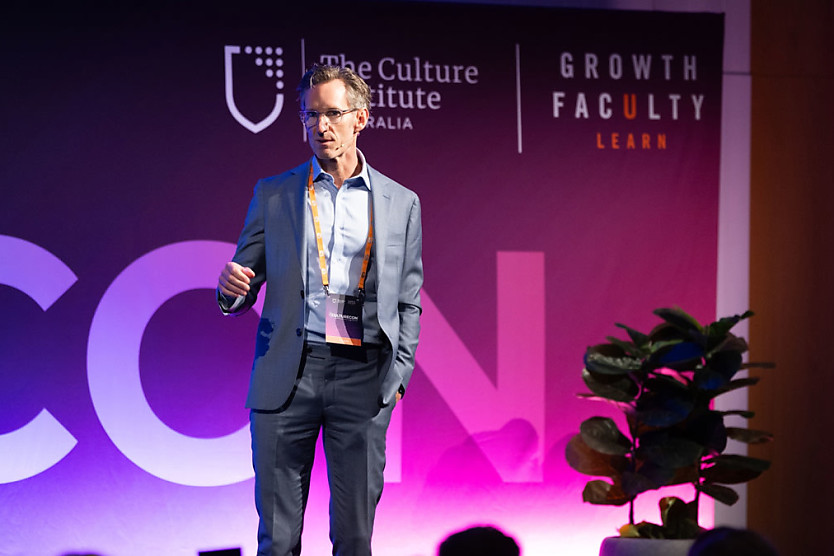Fostering positive organisational culture requires a ‘fundamental shift’
SHARE THIS ARTICLE

Optimising organisational culture is a job that often falls upon leaders. To achieve this task, one chief executive believes leaders must make a fundamental shift.
HR Leader recently spoke to Karl Treacher, chief executive of The Culture Institute of Australia, about how organisational leaders can approach the task of fostering positive workplace culture.
“Culture optimisation requires crystal-clear intentionality about the target culture you want to build, followed by absolute consistency in every action, decision, and system that supports it. This isn’t about aspirational values on walls – it’s about tangible, measurable behaviours that are reinforced daily – especially by leaders,” Treacher said.
It’s not merely just a singular change that can amount to organisational culture improving; instead, it’s a process. Treacher believes that an important starting point to this process is ensuring that talent acquisition practices consider cultural impact.
“A critical starting point is fundamentally reforming talent acquisition practices from entry level through to executive search. Currently, most recruitment processes overemphasise individual achievement and commercial performance while undervaluing or completely ignoring cultural leadership capabilities,” Treacher said.
“This creates a systemic problem where we promote and hire leaders whose success has often come at the expense of collective wellbeing and psychological safety.”
Treacher offered a detailed breakdown of the fundamental shift that leaders must make to ensure that their organisational culture can be a positive one.
“True cultural leadership requires a fundamental shift from personal ambition to collective achievement and genuine duty of care,” Treacher said.
- “Explicitly defining and measuring cultural leadership competencies in all hiring and promotion decisions.”
- “Restructuring executive search criteria to prioritise track records of building healthy, high-performing cultures.”
- “Implementing rigorous cultural leadership assessments as part of selection processes.”
- “Creating clear accountability measures that link leadership advancement to cultural outcomes.”
- “Regular independent assessment of cultural alignment at all leadership levels.”
According to Treacher, “the signs, symbols, and systems must all reinforce this cultural intent”.
- “Reward systems that recognise collective achievement over individual heroics.”
- “Decision-making processes that demonstrate clear values alignment.”
- “Communication patterns that model respect and inclusion.”
- “Performance metrics that measure both results AND methods.”
- “Consequence management that shows zero tolerance for cultural misalignment, regardless of position or performance.”
“Without this systematic approach, organisations will continue to perpetuate toxic leadership cycles where commercial success is achieved at the cost of organisational health,” Treacher said.
“This all starts with a board that understands culture in detail…and they are few and far between.”
RELATED TERMS
Your organization's culture determines its personality and character. The combination of your formal and informal procedures, attitudes, and beliefs results in the experience that both your workers and consumers have. Company culture is fundamentally the way things are done at work.
The practice of actively seeking, locating, and employing people for a certain position or career in a corporation is known as recruitment.
Kace O'Neill
Kace O'Neill is a Graduate Journalist for HR Leader. Kace studied Media Communications and Maori studies at the University of Otago, he has a passion for sports and storytelling.

